Description
Raja Gidh is considered one of the most celebrated Urdu novels, and its writer Bano Qudsia happens to be a famous Pakistani novelist. The translated word of its title “Raja Gidh” means “The King Vulture,” and this novel explores deep philosophical themes related to morality and human desires and troubles regarding spiritual dilemmas.
A brief summary of the novel :
1. Plot Summary:
The novel is based upon a love triangle of central characters, such as Seemi, Qayyum, and Aftab. Seemi loves Aftab, who finally leaves her because of family compulsions, and she has taken shelter in the lap of Qayyum. But now Qayyum also becomes maniacal about her, as this situation develops the novel to examine human feelings with lots of complexity.
Qayyum’s all-encompassing, unrequited love for Seemi completes the plot as jealousy, greed, and obsession consume him. As such, the character comes across as weak and more so as morally weak, as he fails to transcend his base instincts.
2. The Vulture (Gidh) symbolizes
The gidh metaphor runs central to the novel. Vultures are scavengers, and they symbolize corruption, decay, and consumption of dead things. Morally corrupt or unethical human beings are likened to vultures feasting on dead virtue and spirituality in the novel.
Qudsia is employing the fable of gidh to reflect how characters morally compromise and feed their selfish desires. All the moral degradation happening in society is mirrored in the life of the vulture, which represents a soul consumed by worldly desires and obsessions.
3. Philosophical Themes:
Some of the salient existential and spiritual themes that are covered in “Raja Gidh” are:
Lawful (Halal) and unlawful (Haram): The novel goes ahead to the consequences of unlawful desires, underpinning the notion that forbidden activities lead to a perverted and evil life.
Madness and sanity: The novel, in Qayyum’s individual fall into madness, considers the fine line existing between sanity and insanity in which unchecked desires and ethics violations push humans to losing their mental and spiritual peace.
Predestination vs. Free Will: The novel brings to life the ancient debate concerning predestination and free will. Characters question whether the decisions they make are choices or their destinies put before them by virtue of being themselves.
“Raja Gidh” is a highly impactful satire and is an erudite critique about the decay of the present life, materialism, and violation of present norms by society. Qudsia very strongly puts forth a very significant note that when people become greedy, envious, and lustful, they are precisely like vultures who live on decay and lose whatever inner dignity and spirituality human beings otherwise had.
5. Character Development:
Qayyum is the anti-hero, and his obsessive and self-destructive love for Seemi serves as a reflection of broader issues in society today-meaning moral decay.
On the other hand, Seemi is the oppressed soul tied between societal demands and her unrest inside that ultimately leads her to her horrible end.
Aftab is more of an accessory character but plays an important role as Seemi’s love represents ideals that cannot be achieved in love and societal responsibility.
Conclusion:
“Raja Gidh” is more than a matter of an unuttered love; it’s a very philosophical reflection on human morality and spiritual corruption as well as the after-effects of moral transgressions. Her characters and allegories challenge the lives of readers against their choices and the way society is heading.
It is, thus, an important part of Urdu literature, widely read and celebrated for the deep understanding it brought to human nature as well as the exposition of those themes which have been timeless.

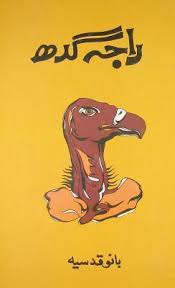
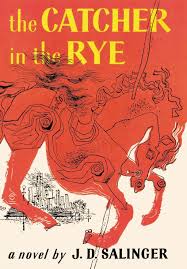

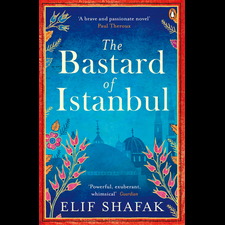
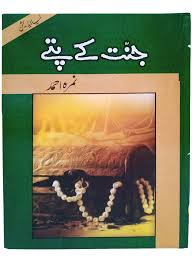



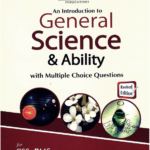
Reviews
There are no reviews yet.